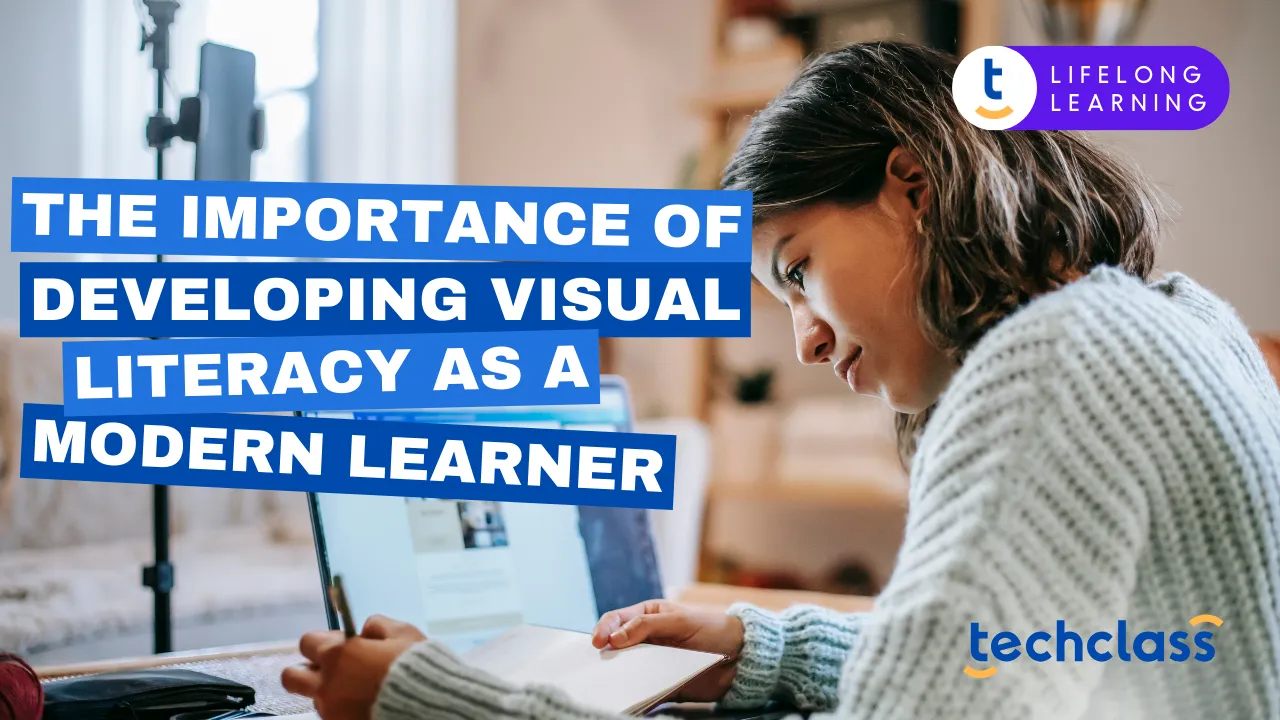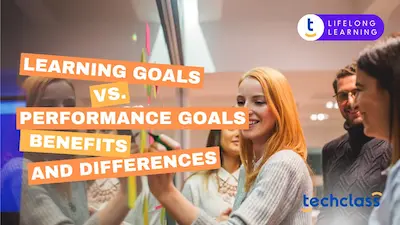
In our digitally driven age, the skill of understanding and producing visual content, referred to as visual literacy, has become vital for those committed to lifelong learning. As we navigate an environment rich in images, infographics, videos, and multimedia, developing visual literacy is crucial for effective communication, critical thinking, and continuous personal and professional growth.
Visual literacy refers to the capacity to interpret, analyze, evaluate, and create messages conveyed through visual means. It encompasses understanding how visual elements like images, symbols, and layouts communicate information and ideas. In an age where visual media is omnipresent, from social media platforms to educational resources, being visually literate enables learners to critically engage with content, discern underlying messages, and produce meaningful visual communications themselves.
Visual literacy is integral to those pursuing education beyond traditional classroom and are engaged in a continuous form of learning. It empowers individuals to adapt to new technologies, comprehend complex information, and participate actively in various learning environments. By honing visual literacy skills, people can better navigate digital landscapes, enhance their problem-solving abilities, and foster creativity in both personal and professional contexts.
One of the most significant advantages of visual literacy is its power to transform complex, abstract, or information-heavy concepts into clear and digestible forms. Visual aids such as diagrams, infographics, timelines, and flowcharts offer learners a more intuitive way to absorb new ideas. These tools allow for immediate recognition of patterns, relationships, and hierarchies that might be buried in long-form text.
Scientific research supports this advantage: the human brain processes images up to 60,000 times faster than textual information. This speed in visual processing helps people grasp new material more quickly and with greater clarity. More importantly, visual content tends to stick, studies show that people remember 80% of what they see, compared to only 20% of what they read.
For people juggling professional duties, family responsibilities, and learning goals, this means less time spent deciphering dense texts and more time actively applying and integrating knowledge into real-world scenarios. Visual aids serve as cognitive shortcuts that enhance both short-term understanding and long-term memory.
Visual literacy is not just about looking, it’s about seeing with purpose. Analyzing a chart, deconstructing a visual advertisement, or interpreting the meaning behind a photo forces learners to consider symbolism, context, bias, and intent. These activities sharpen one’s ability to ask critical questions like: What is being communicated? Whose perspective is being shown? What might be missing?
This evaluative mindset is especially important for people navigating a digital world filled with manipulated images, infographics with misleading statistics, and media that appeals more to emotion than fact. Visual literacy equips learners to decode this information with a discerning eye. For instance, recognizing the difference between correlation and causation in a graph can help prevent the spread of misinformation.
Learners, many of whom are re-skilling or up-skilling for professional development, benefit greatly from this ability. Whether making sense of a business report or evaluating news media, visual literacy strengthens analytical thinking that goes beyond surface-level interpretation.
Lifelong learning can sometimes feel daunting, especially when returning to education after years away or when learning alongside the pressures of adult life. Visual elements make the learning experience more dynamic, enjoyable, and less intimidating. A colorful infographic can transform an otherwise dry set of statistics into a compelling narrative. A well-structured visual timeline can make historical events feel like a story rather than a list of dates. Animation, video, and data visualization tools can turn passive reading into interactive exploration.
These enhancements don’t just make learning more fun, they also increase motivation. Visual content tends to create a more personal and emotional connection to the material, which reinforces commitment to learning goals. For people who are balancing multiple roles, engaging visual content can be the difference between abandoning a course and seeing it through to completion. Moreover, visual learning accommodates diverse learning preferences. For people who are visual-spatial, artistic, or neurodivergent, visuals can unlock understanding in ways that traditional text cannot.
As people build knowledge, the ability to effectively communicate what they've learned becomes crucial, both in personal contexts and in professional environments. Visual literacy enhances this capability by equipping people with the tools to express ideas visually, not just verbally or in writing.
Being visually literate means understanding the power of layout, color, contrast, typography, and imagery. These skills are essential for creating impactful slide decks, instructional videos, reports with data visualizations, social media posts, and more. In today’s workplace, where visual communication is often the norm, especially in virtual teams and cross-cultural environments, this fluency can significantly enhance one’s ability to inform, persuade, and collaborate.
For example, a person might use visual storytelling to pitch a new idea at work, design a visually compelling CV, or create an infographic to summarize a research project. These are not just soft skills, they are essential for success in many modern careers where communication happens primarily through screens.
As technology continues to evolve, the importance of visual literacy in lifelong learning becomes increasingly evident. By developing this skill, people can better adapt to digital advancements, engage more deeply with content, learn deeply, and communicate more effectively. Visual literacy not only enriches personal learning experiences but also equips individuals with the tools necessary for success in a visually driven world.
Incorporating visual literacy into your learning journey is not just beneficial, it's essential. As the digital landscape expands, the ability to interpret and create visual content will continue to play a pivotal role in personal and professional development. By actively engaging with visual media, practicing visual communication, and reflecting on visual experiences, people can enhance their understanding, foster creativity, and stay relevant in an ever-changing world.

.webp)
